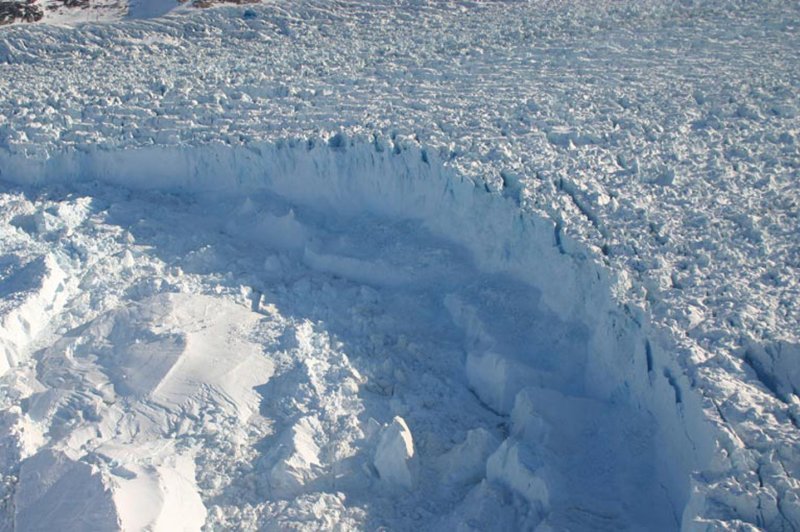EXETER, England, Oct. 9 (UPI) -- Researchers from the University of Exeter think subglacial lakes will be more frequently drained as global warming continues.
In a new study published in the journal Nature, scientists detail the plumbing systems that fill and drain the subglacial lakes found beneath Greenland's ice sheet.















